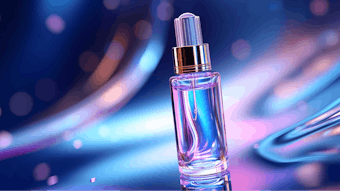Researchers at University of California at Santa Cruz (UCSC) have taken a new approach to remove drug-resistant bacteria from wounds and skin infections: using light to trigger the controlled release of nitric oxide. According to a university press release, a photoactive compound was developed that releases nitric oxide when exposed to light. This compound was loaded into a porous material that could be applied as a sprayable powder. The team, led by Pradip Mascharak, professor of chemistry and biochemistry at UCSC, and graduate student Brandon Heilman, published its results in the Journal of the American Chemical Society.
According to the research, nitric oxide has antimicrobial effects and promotes wound healing. Gaseous nitric oxide has been used to treat infected wounds but handling the toxic and reactive gas poses challenges. Thus, researchers sought other means to deliver nitric oxide as an antibiotic. Mascharak's lab developed a photoactive manganese nitrosyl to rapidly release nitric oxide when exposed to light.
As the carrier for this compound, the researchers used a porous silicate material known as MCM-41, which traps the photoactive compound inside its pores. They also tested a related aluminosilicate material (Al-MCM-41), which reportedly holds the photoactive compound even more tightly. Clinical tests showed that illumination of the material causes a steady release of nitric oxide, which could be stopped and started repeatedly by turning a light off and on.
This novel method of controlled release suggests an interesting delivery method for cosmetic actives or other ingredients, given the right lighting conditions.










